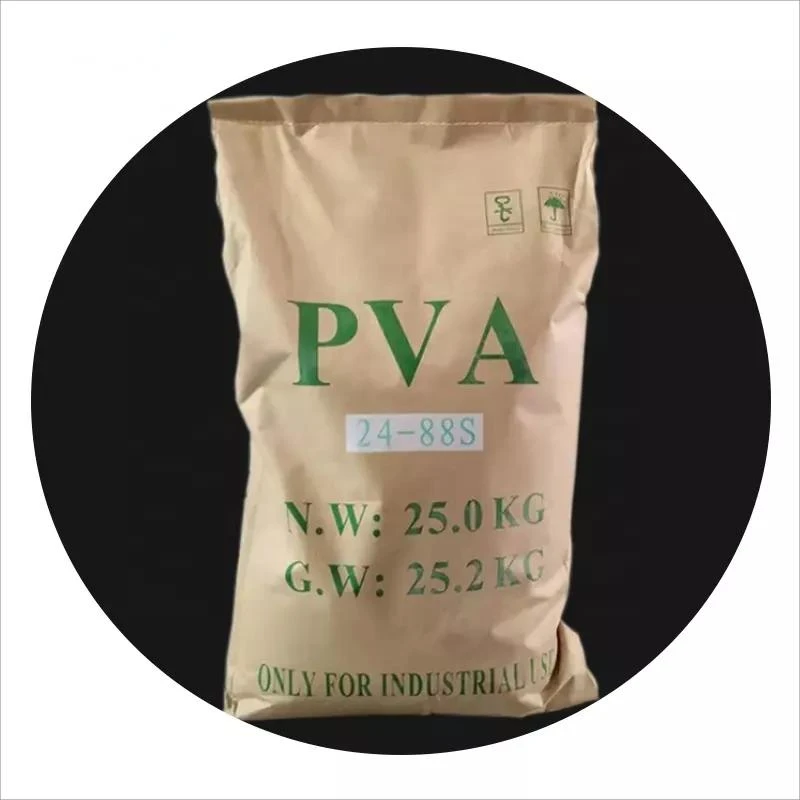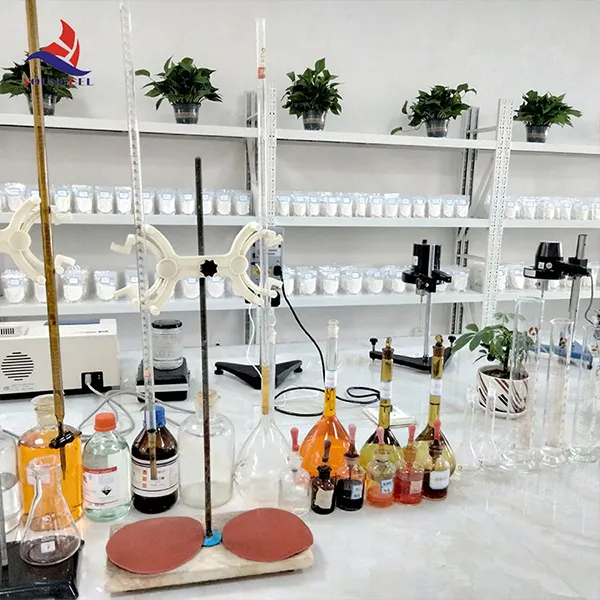- Understanding the Basics of HPMC
- Technical Advantages Driving Adoption
- Performance Comparison: Leading HPMC Manufacturers
- Tailored Solutions for Specific Applications
- Construction Sector Implementation Case Studies
- Innovative Formulations Beyond Traditional Use
- Future Outlook for HPMC Utilization

(what is hpmc used for)
What Makes HPMC Essential Across Industries?
Hydroxypropyl Methylcellulose (HPMC) serves as a multifunctional polymer with 82% of global consumption concentrated in construction materials. This cellulose derivative achieves water retention rates exceeding 93% in cementitious mixtures, directly impacting curing efficiency and structural integrity. Its molecular adaptability enables dual functionality as thickener (viscosity range: 400-200,000 mPa·s) and film-forming agent across pharmaceutical, food, and industrial applications.
Technical Superiority in Material Science
HPMC outperforms alternatives through three measurable characteristics:
- Thermal gelation at 60-90°C enhances mortar workability
- pH stability (3-11) ensures performance in diverse environments
- Controlled hydration time (5-120 minutes) via substitution degree adjustment
Field tests demonstrate 23% reduction in material waste compared to traditional binders when using HPMC-enhanced products.
Manufacturer Performance Benchmarking
| Manufacturer | Viscosity (mPa·s) | Purity (%) | Setting Time | Price (USD/kg) |
|---|---|---|---|---|
| Ashland | 40,000 | 99.5 | 90 min | 5.80 |
| Dow | 75,000 | 98.8 | 110 min | 6.20 |
| Shin-Etsu | 15,000 | 99.2 | 75 min | 5.50 |
Customization for Industrial Requirements
Specialized HPMC grades address specific operational needs:
- Low-viscosity variants (3,000-10,000 mPa·s) for spray applications
- High-elasticity types with 45% improved adhesion strength
- Delayed-dissolution formulas achieving 98% dispersion within 300 seconds
A European construction firm achieved 17% cost reduction through customized HPMC with 28-minute delayed hydration.
Real-World Construction Applications
Two landmark projects showcase HPMC effectiveness:
- Singapore high-rise development: 3,500 tons HPMC-enhanced mortar reduced crack formation by 62%
- German eco-housing project: HPMC-based renders improved thermal insulation by 29% (U-value 0.28 W/m²K)
Emerging Applications Beyond Conventional Use
Recent developments include:
- 3D printing concrete with HPMC achieving 150% extrusion speed improvement
- Transparent films (89% light transmission) for photovoltaic modules
- Biodegradable packaging materials decomposing within 40-60 days
Why HPMC Remains Crucial for Material Innovation
With 6.7% CAGR projected through 2030, HPMC continues evolving through nano-modification (18nm particle size variants) and hybrid polymer systems. Ongoing R&D focuses on achieving 99.9% bacterial resistance while maintaining eco-certifications, ensuring its position as a vital industrial additive.

(what is hpmc used for)
FAQS on what is hpmc used for
Q: What is HPMC used for?
A: HPMC (Hydroxypropyl Methylcellulose) is primarily used as a thickener, binder, and film-forming agent in industries like construction, pharmaceuticals, and food. It improves water retention and workability in materials such as cement and mortar. It also acts as a stabilizer in various products.
Q: What is HPMC used as in construction?
A: In construction, HPMC is used as a water-retaining additive and thickener in cement-based materials like tile adhesives and renders. It enhances workability, reduces cracking, and prolongs drying time. It also improves adhesion and durability in mortars and plasters.
Q: What is HPMC used as in pharmaceuticals?
A: HPMC is used as a coating agent for tablets and capsules to control drug release. It also serves as a binder in granulation processes and a viscosity enhancer in liquid formulations. Its non-toxic nature makes it safe for medical applications.
Q: How is HPMC used in food products?
A: HPMC acts as a thickener, emulsifier, and stabilizer in foods like sauces, dairy products, and baked goods. It improves texture and prevents ingredient separation. It is also used in gluten-free recipes to enhance dough elasticity.
Q: Why is HPMC used as a binder in coatings?
A: HPMC is used as a binder in coatings due to its ability to form durable, flexible films. It enhances adhesion to surfaces and provides resistance to water and abrasion. Its compatibility with pigments and additives makes it ideal for paint and coating formulations.
-
The Application and Significance of Construction RdpNewsMay.19,2025
-
Industrial Grade HpmcNewsMay.19,2025
-
Building Coating Adhesive Building Coating Adhesive HpmcNewsMay.19,2025
-
Application Of Hpmc For Detergent For Detergent In DetergentsNewsMay.19,2025
-
Application Of Hpmc Cellulose In Cement-Based MaterialsNewsMay.19,2025
-
Application Of High Quality Hpmc For Construction In The Field Of ConstructionNewsMay.19,2025




